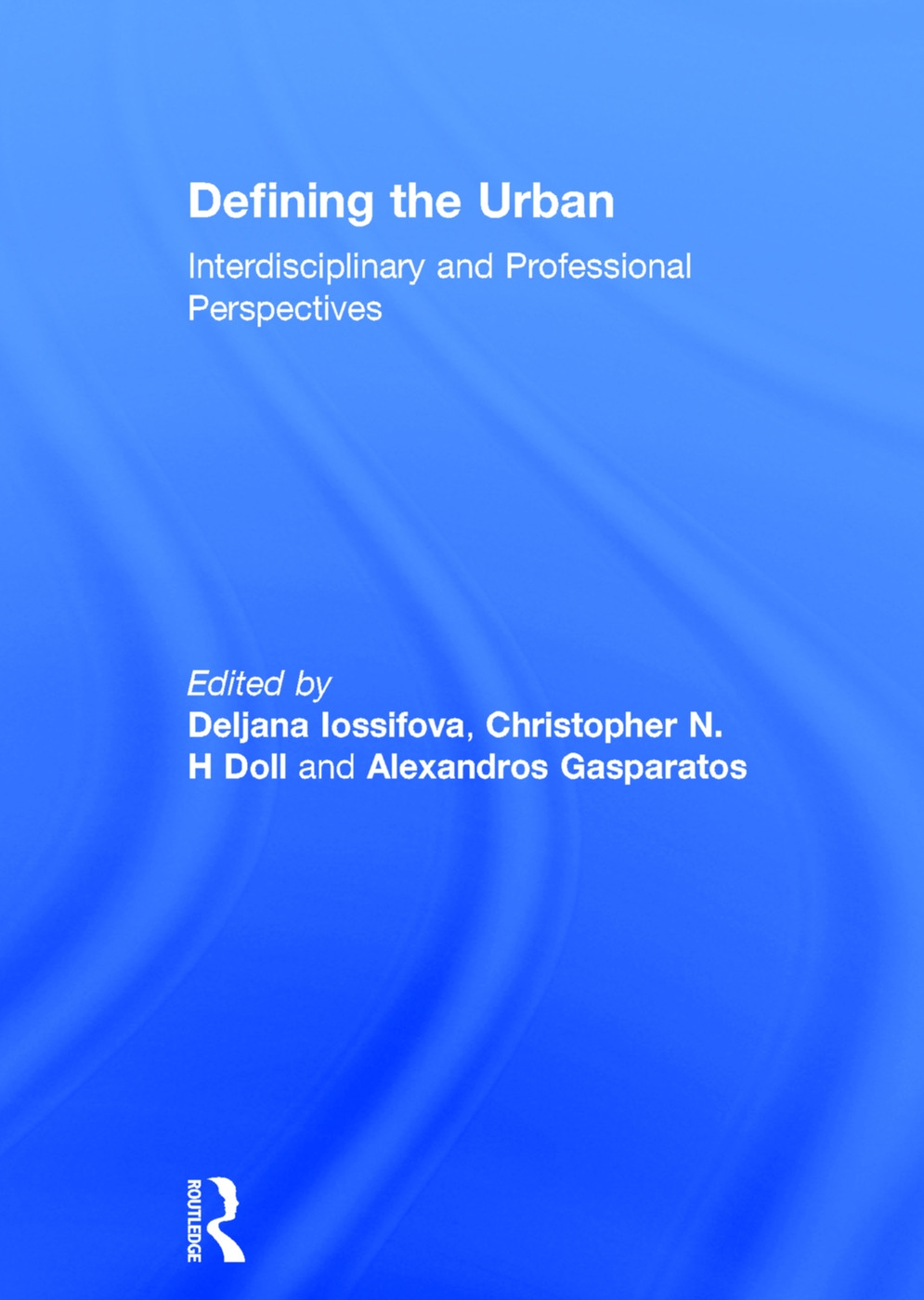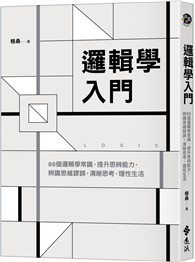| FindBook |
有 1 項符合
Defining the Urban: Interdisciplinary and Professional Perspectives的圖書 |
 |
Defining the Urban: Interdisciplinary and Professional Perspectives 作者:Alexandros(EDT),Christopher N. H.(EDT)/Gasparatos,Deljana(EDT)/Doll,Iossifova 出版社:Routledge 出版日期:2017-10-03 語言:英文 規格:精裝 / 17.8 x 24.8 x 2.5 cm / 普通級 |
| 圖書館借閱 |
| 國家圖書館 | 全國圖書書目資訊網 | 國立公共資訊圖書館 | 電子書服務平台 | MetaCat 跨館整合查詢 |
| 臺北市立圖書館 | 新北市立圖書館 | 基隆市公共圖書館 | 桃園市立圖書館 | 新竹縣公共圖書館 |
| 苗栗縣立圖書館 | 臺中市立圖書館 | 彰化縣公共圖書館 | 南投縣文化局 | 雲林縣公共圖書館 |
| 嘉義縣圖書館 | 臺南市立圖書館 | 高雄市立圖書館 | 屏東縣公共圖書館 | 宜蘭縣公共圖書館 |
| 花蓮縣文化局 | 臺東縣文化處 |
|
|
圖書介紹 - 資料來源:博客來 評分:
圖書名稱:Defining the Urban: Interdisciplinary and Professional Perspectives
內容簡介
It is often difficult to establish a common ground for discourse between researchers, practitioners and policy makers interested in cities. This is not only because the terminology used is occasionally charged with context-specific meanings, but also because basic concepts - and especially that of the ’urban’ - are sometimes only loosely defined. Bringing together leading academics and professionals from a range of fields as diverse as anthropology, architecture, ecology and economics, including Saskia Sassen, Neil Brenner, Eric Strause, Setha Low, Susan Saegert, Allan Cochrane, Peter B. Meyer and Sarah Ichioka, this edited volume provides a comprehensive overview of and insights into what the term ‘urban’ means. It identifies and critically examines the most important theoretical perspectives, and practical dimensions for the study of cities. In particular, it focuses on how the overlaps and creative merges between these different academic disciplines and professional fields can give rise to a multitude of diverse interdisciplinary approaches and tools that can be used to explain or guide ‘urban’ processes. The volume not only crosses academic boundaries but will also bridge the divide between urban theory and practice. Structured in three parts, the first and second part, ‘Theories’ and ‘Practices’, are concerned with the ways in which the academic disciplines and professional fields, respectively, associated with urban research (e.g. Ecology, Economics, Geography, Sociology) or practice (e.g. Architecture, Planning, Social Work) approach the city. The third part, ‘Emerging Approaches and Tools’, outlines how elements from the different academic disciplines and professional fields combine to form transdisciplinary tools and perspectives.
|










